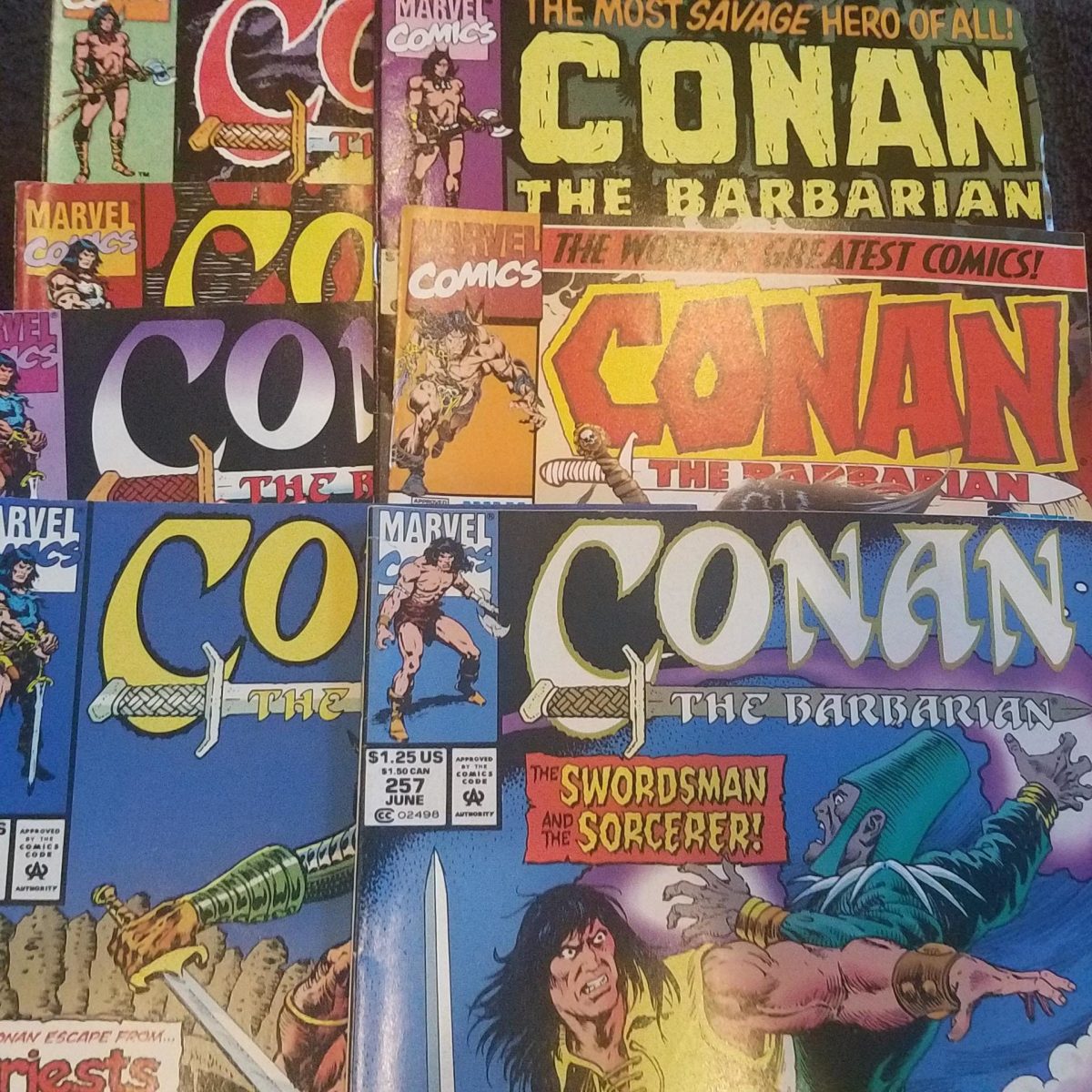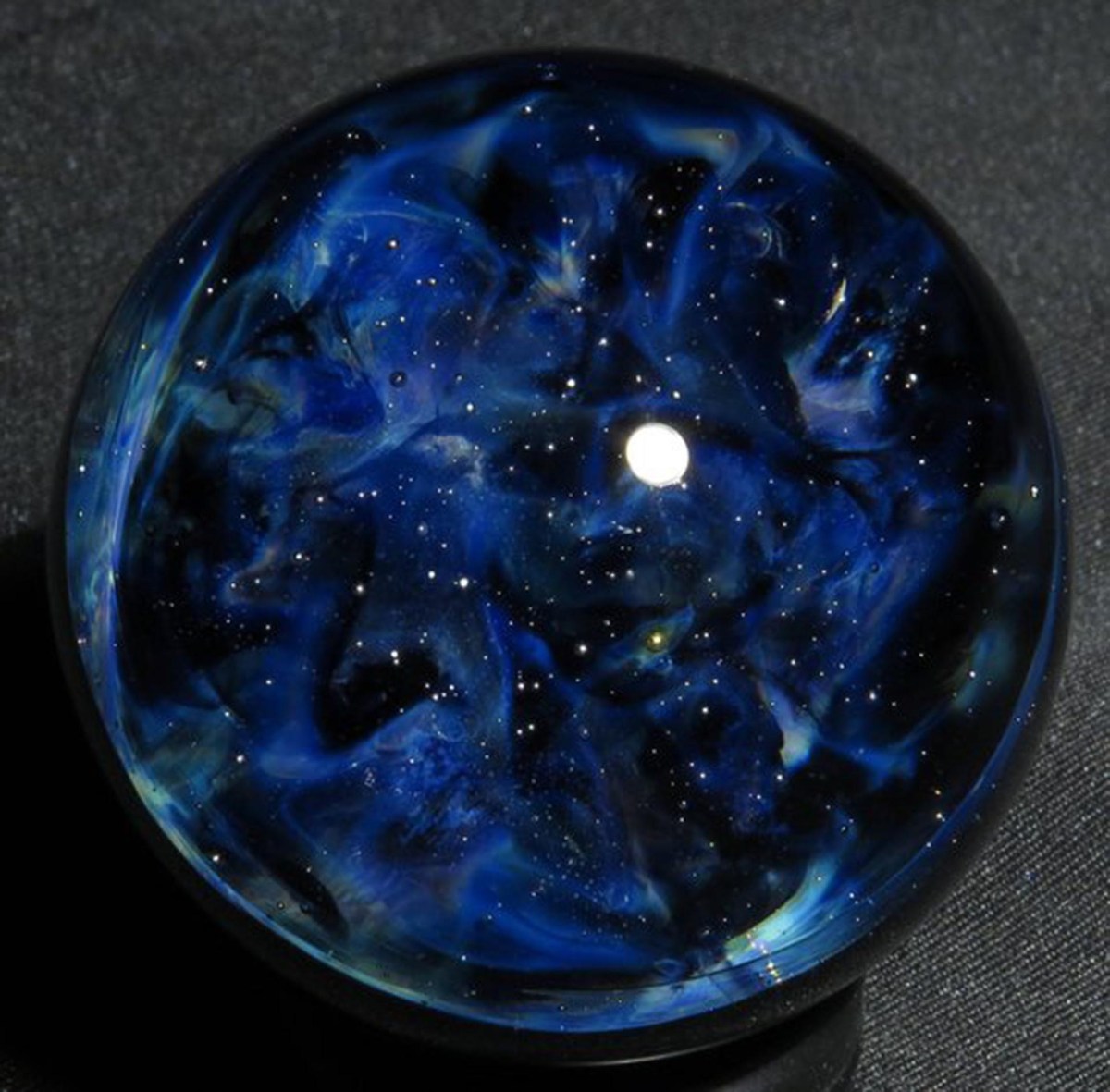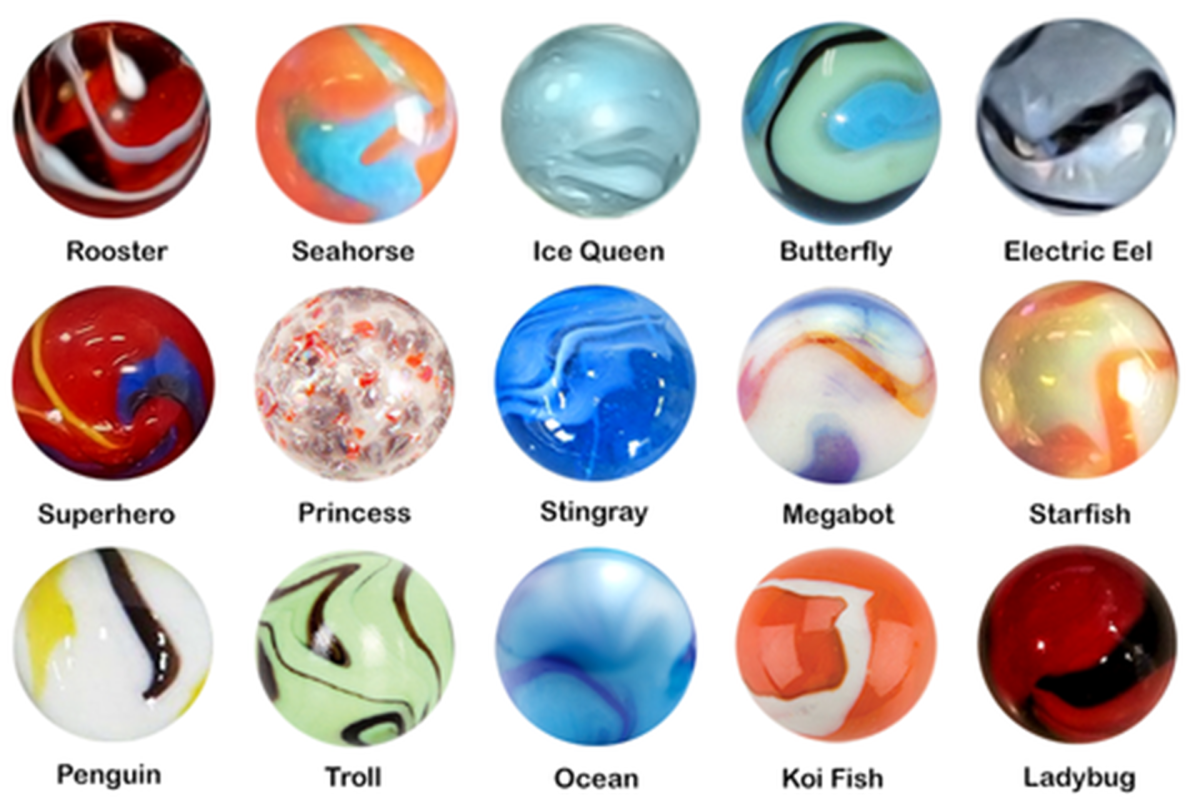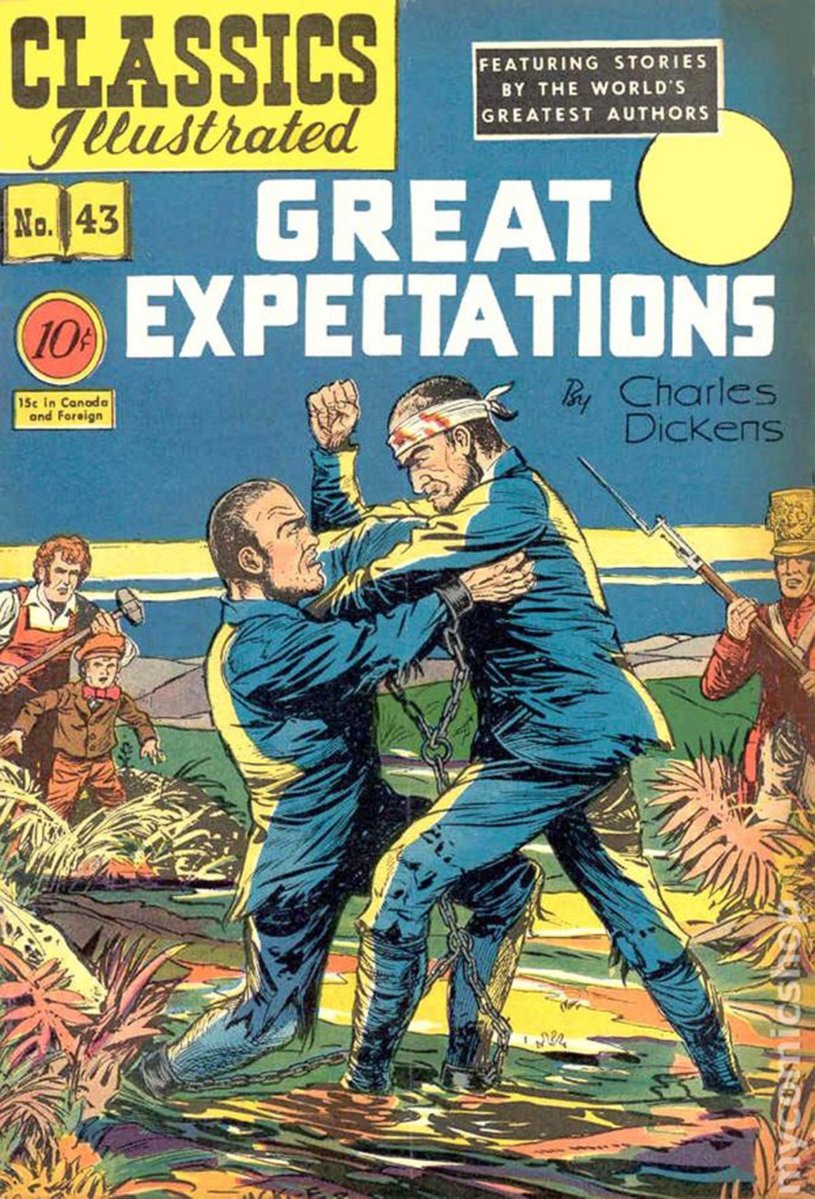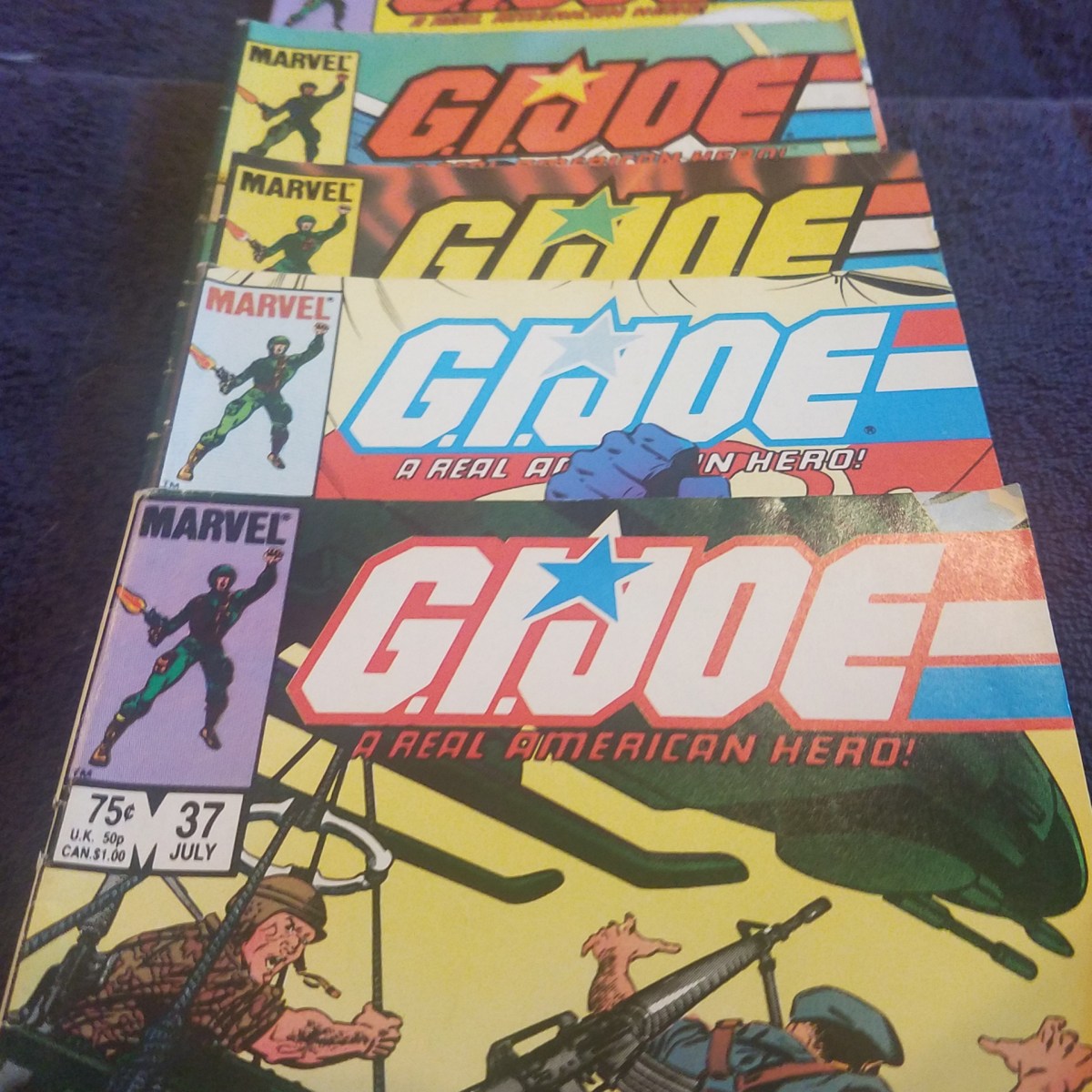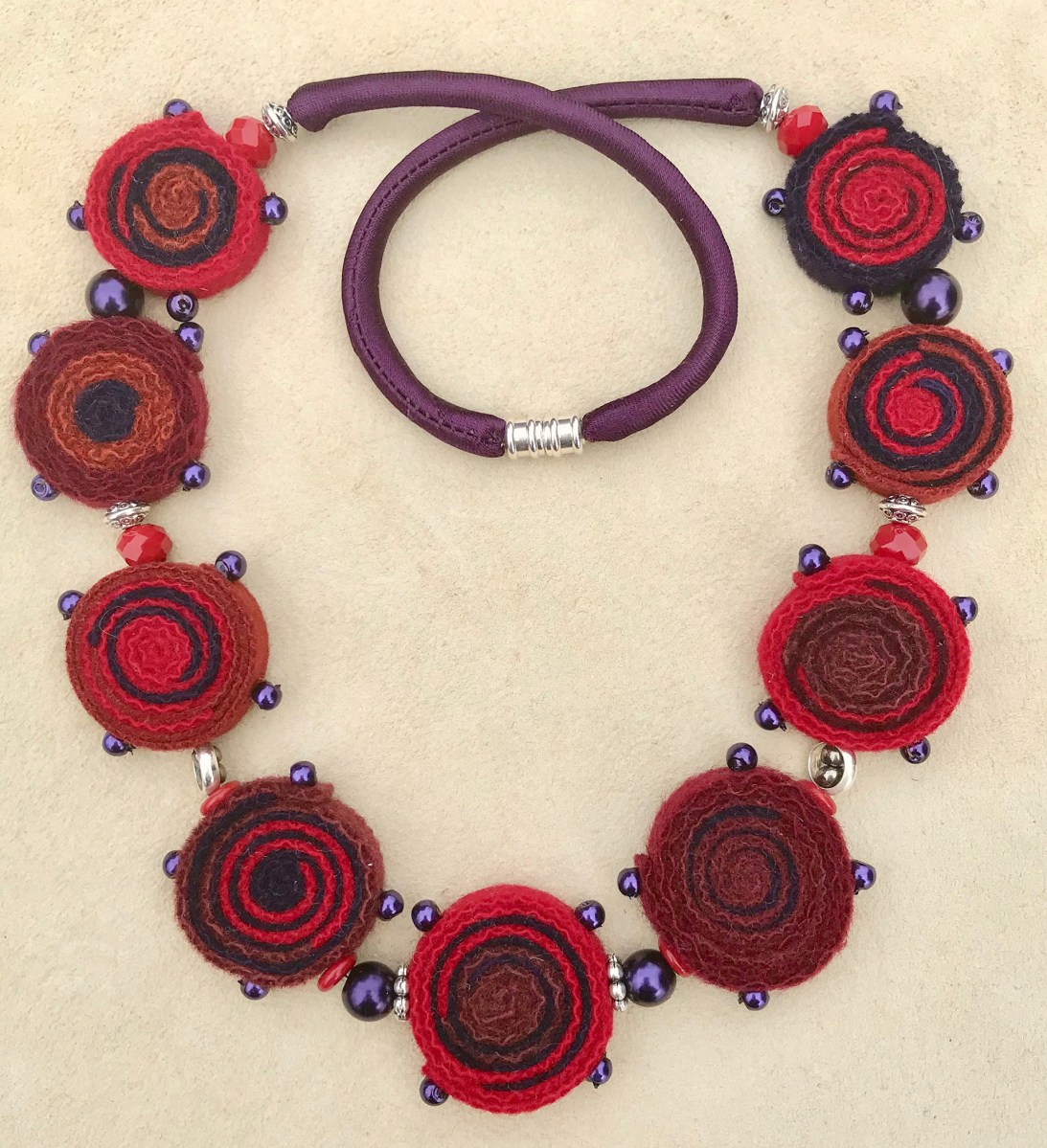Gifts That Pass The Test Of Time
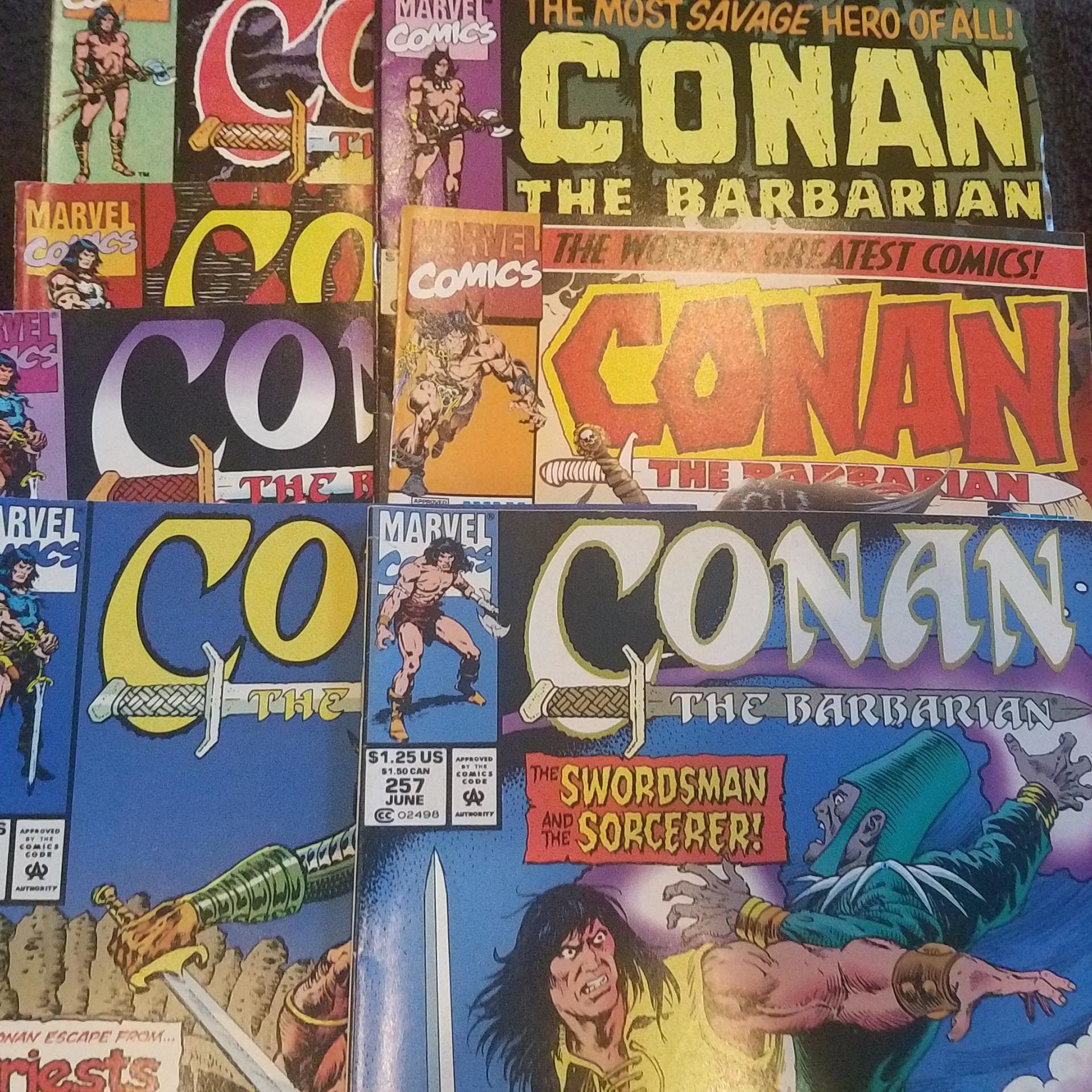
No, that’s not really a cat’s eye in the center of the marble.
The round glass objects we know as marbles are almost always mass-produced, oftentimes the variety used to play the popular Chinese checkers game.
But antique marbles that date back to the 18th Century, handmade by craftsmen, are sought after objects, coveted by collectors and increasingly, as investments.
A starter collection of marbles is an excellent holiday gift, and can be a shrewd investment as well. More important, these are treasures that can be passed on from generation to generation, gifts that, hidden in a safe place make a visit a special occasion and a chance to reminisce not only about the collectible but the good old days.
According to Collector’s Weekly magazine, “Antique glass marbles are highly collectible, from handmade examples by German glassmakers of the 1800s to vintage marbles made by machine in the early 20th Century by U.S. companies like Christensen, Peltier Glass, Akro Agate, and Vitro Agate.”
The advent of eBay has proved to be a rebirth for marble enthusiasts, and bids rise rapidly for the right offering.
The game, marbles, originated in the Netherlands during the 1500s and 1600s. To make playing pieces for the game, the Dutch began to grind down semiprecious stones such as marble (hence, the name) and limestone until the rocks formed perfect spheres. Then, the Germans began to shape marbles out of agate.
Many collectors obsess over old marbles because they remember playing with them as children.
The golden era ended after World War II. The manufacturing of glass marbles shifted to Occupied Japan, and quickly, cheap marbles made in Japanese factories began to dominate the American marble market. By the 1950s, the most common marbles were “cat’s eyes,” which are clear marbles injected with one to three curved streaks of colors in their centers. While some cat’s eyes are rare, most were and are mass-produced.
Know Your Marbles
Like any hobby, the first objective of a collector is to enjoy putting together a collection. According to the American Profile article “How To Collect Marbles” by Carol Crupper: Know your marbles, and collect what appeals to you. By narrowing your range of interest, you will develop expertise over a period of time. You can still buy “lots” of marbles, 1000 or more at a clip. Ideally, they are the kind found in attics or closets that haven’t been touched in years.
According to Crupper, “You might find marbles for free or pay as much as $10,000. With handmade marbles, prices can accelerate as the artist’s fame grows.” Mark Matthews, 63, a glass artist in Archbold, OH, made a white geometric marble early in his career that he sold for $25. Years later, it resold for $4800. His highest selling creation was a marble purchased for $10,000 in 2006.
The days of finding baseball cards in the attic worth thousands of dollars are over but yes, all those stories you heard a couple decades ago were probably true. Baseball cards, especially 1950s and earlier, accelerated in value over and over, in some cases fetching thousands of dollars each.
The most endearing star has proven to be Mickey Mantle, an icon whose place among the baseball top echelon is secure.
Last month the Associated Press reported two New Jersey men were stunned when they discovered five Mickey Mantle cards had been stored in an old stash — and one of them valued at $1 million, Mantle’s 1952 Topps card. Heritage Auctions is preparing to auction a similar card: with an estimated value of $3.5 million.
A Typo?
A 76-year-old man, who asked to be identified only by his first name, John, saw a Heritage ad in The New York Times and assumed it was a typo.
“I told my daughter, ‘This is going to be interesting. In tomorrow’s New York Times, they’re going to print they had a typo and they had an extra zero in it,’” John told The Associated Press in a phone interview. “I really thought they had made a terrible mistake.” Yes, it was his card Heritage is hawking.
As it stands now, the most valuable card is a T206 Series Honus Wagner Company: (1909–1911 Sweet Caporal T206 Series). One just sold for $2.8 million. There are only three or so known to still be in existence.
According to “A Beginners Guide to Sports Card Collecting,” an article by John Cook on ThoughtCo, the landscape has changed since the rarest collectibles are so expensive. Rookie Cards, inserts, complete sets, and unopened packs will all be valuable down the road.
Think comic books are for kids? Consider the world’s most expensive comic book sold for $3.2 million: an original copy of the Action Comics #1 that initially cost 10 cents that introduced the world to Superman holds the honor.
Since Marvel comic heroes have become the stars of the super blockbuster movies, comic collectors have been gobbling up not only vintage publications but current ones as well.
Superman and Batman, of course, are always relevant. Classics Illustrated were good enough to surpass Cliff’s Notes as valuable homework tools.
According to the website “Sell My Comic Books,” the top comics to buy this year are Flash, Captain America, Whiz, and Pep Comics.
Stamp of Approval
Stamp collecting isn’t very sexy anymore, but it’s still a popular hobby that could be lucrative for those who know what they are doing.
Rock fans from the golden era have just missed Janis, Jimi, the Doors and many other icons immortalized on U.S. postage stamps. Will they accelerate in value? Experts say probably not, but they are being tucked away by collectors and will become more difficult to find down the road.
The venerable American Philatelic Society has a number of starter kits that make excellent holiday presents for children and adults alike. Few hobbies match the flexibility of stamp collecting. It is suitable for nearly all ages. You can collect stamps all 12 months of the year regardless of the climate where you are located. It does not require any special skills or great wealth. Some individuals begin as young as age four and many collect until the day they die.
The British Guiana One-Cent Black on Magenta stamp sold for $9.5 million on June 18, 2014. An anonymous bidder purchased the stamp, participating in the Sotheby auction by phone, a world record for the auction of a single stamp.
The British Guiana 1c magenta is regarded by many philatelists as the world’s most famous rare stamp. It was issued in limited numbers in British Guiana (now Guyana) in 1856, and only one specimen is now known to exist. It is the only major postage stamp ever issued that is not represented in Britain’s Royal Philatelic Collection.
The stamp is proof positive that when it comes to collecting, that less is more. The scarcest items are the most valuable. That’s why even misprinted baseball cards, record albums etc. can be extremely valuable — they are rare, because proofers usually spot the error and correct it before mass production.
rmurphy@indyeastend.com
